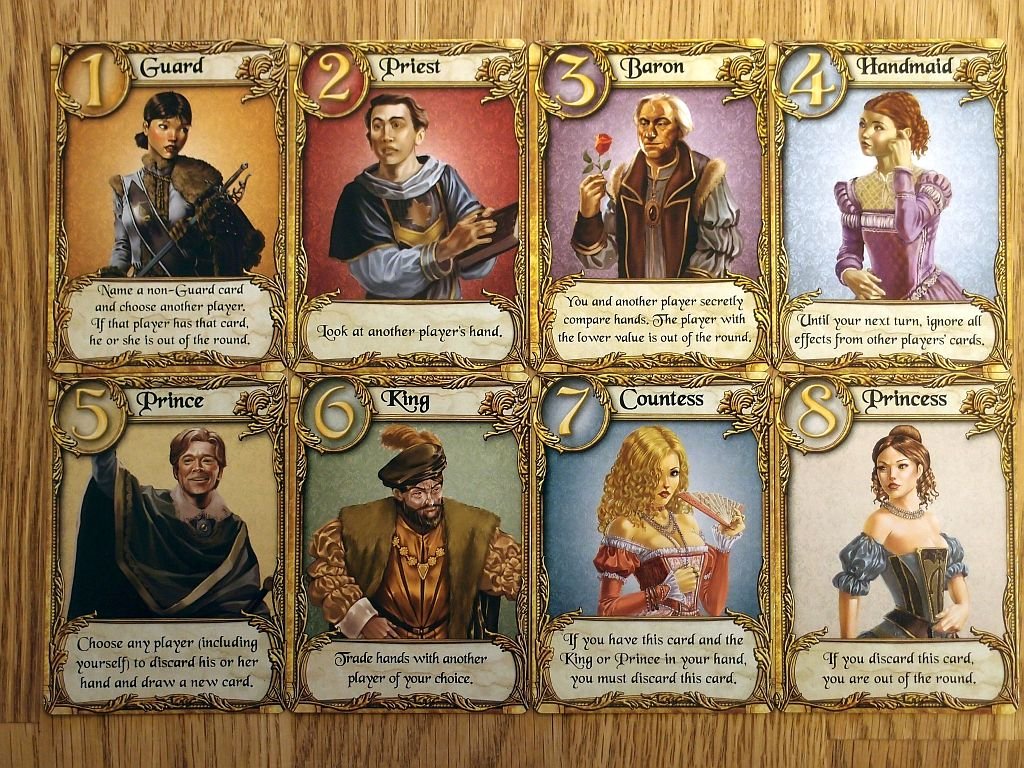I wrote two Insider pieces this week, on the Marlon Byrd trade and on both the Banuelos/Carpenter-Shreve and Maurer/Smith trades.
![]() My review of the boardgame Istanbul is up over at Paste.
My review of the boardgame Istanbul is up over at Paste.
I’m going to be offline most of this weekend for my grandmother’s funeral, which includes social media. I’ll be back to regular business, whatever that is, on Monday.
This week’s links:
- From GOOD, a guide to cooking with blood. Hey, if you’re talking whole-animal eating, that means the whole animal. Besides, black pudding is delicious.
- Slate brought this 2010 piece back around the other day – a semi-vegan writer claiming vegans should eat oysters without reservations. Then he kind of ignores one of the central tenets of veganism, so he fails on that point, but the arguments about eating oysters for their sustainability and because they don’t feel pain the way mammals or birds do are more interesting. My comment when this surfaced on my Facebook feed was that you should eat whatever you feel comfortable eating, without worrying about what to call yourself.
- Researchers find the ancient genetic link between fish fins and animal hands. I feel like someone was asking for this recently.
- More great news for readers of dead-tree editions: It’s better for your brain. OK, maybe it’s better for your brain, although there’s some selection bias at work here. Also, I have no idea what the photo of a woman reading while wearing a mini-dress is supposed to add to this article.
- A wonderful comic on how vaccines work and why they matter. No new material here, just a great presentation. I’d be curious whether this changes any vaccination denier’s thinking, though. You really can’t fix stupid.
- Some delusional old man in Omaha thinks he’s building a warp drive in his garage. Of course, you wouldn’t immediately know that this guy was a crank, because the article treats this as a serious proposition, even though such a contraption would require both 1) negative mass and 2) greater quantities of energy than humanity has ever been able to produce, all of which I would view as kind of a dealbreaker.



 Broadchurch earned broad critical acclaim on both sides of the Atlantic, winning the BAFTA for best drama in 2013 while Olivia Colman won best actress for her performance as D.S. Miller and David “Argus Filch” Bradley won for best supporting actor for his role as Jack Marshall. Alan Sepinwall of HitFix named it one of his
Broadchurch earned broad critical acclaim on both sides of the Atlantic, winning the BAFTA for best drama in 2013 while Olivia Colman won best actress for her performance as D.S. Miller and David “Argus Filch” Bradley won for best supporting actor for his role as Jack Marshall. Alan Sepinwall of HitFix named it one of his 

